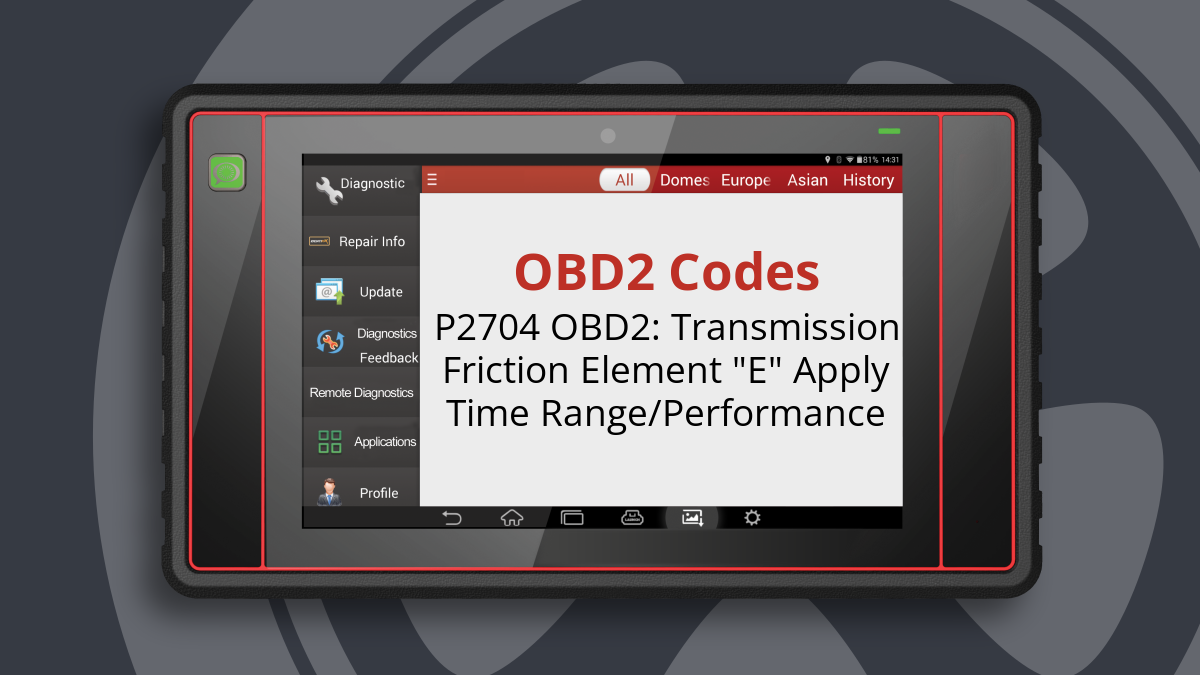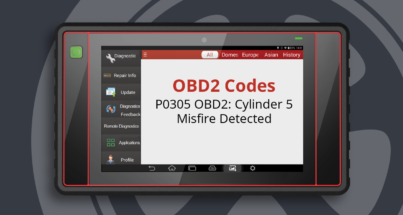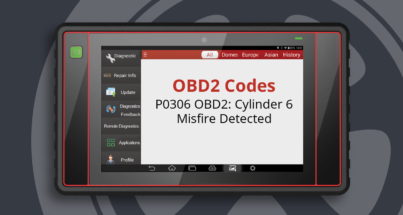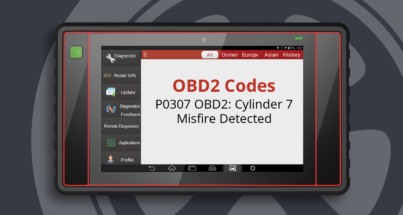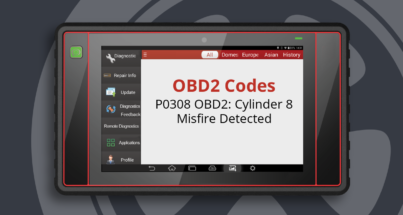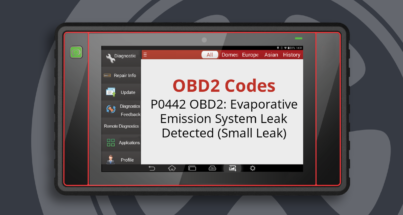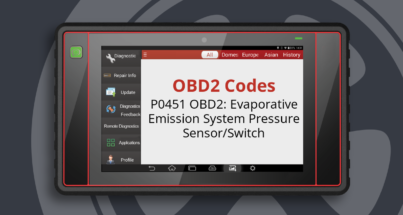What Does the P2704 Code Mean?
The P2704 code indicates an issue with the automatic transmission related to the friction element “E”. This code is triggered when the Transmission Control Module (TCM) detects that the apply time or performance of a specific clutch solenoid is outside acceptable limits.
What Causes the P2704 Code?
The P2704 code can be caused by several factors:
- Clutch solenoid failure
- Internal transmission failure
- Transmission Control Module (TCM) failure
- Low transmission fluid level
What Are the Symptoms of the P2704 Code?
Common symptoms associated with the P2704 code include:
- Transmission may not shift properly
- Increased fuel consumption
How Serious Is the P2704 Code?
The P2704 code is considered urgent. Ignoring this code can lead to severe damage to the transmission and may compromise vehicle safety. Immediate attention is recommended to prevent escalating repair costs and potential hazards while driving.
How to Diagnose the P2704 Code
To diagnose the P2704 code, a mechanic will typically:
- Use an OBD-II scanner to confirm the presence of the P2704 code.
- Inspect the transmission fluid level and condition.
- Test the clutch solenoids for proper operation.
- Check for any additional diagnostic trouble codes (DTCs) that may be present.
- Perform a visual inspection of the transmission and related components.
Common Repairs for the P2704 Code
Common repairs for the P2704 code may include:
- Replacing faulty clutch solenoids
- Repairing or replacing the Transmission Control Module (TCM)
- Addressing internal transmission issues
- Refilling or replacing transmission fluid
How Much Does It Cost to Fix the P2704 Code?
The cost to repair the P2704 code can vary widely based on the underlying issue. Simple repairs, like replacing a solenoid, can cost anywhere from $100 to $300, while more complex issues involving the TCM or internal transmission repairs can range from $500 to $2,000 or more.
Can I Fix the P2704 Code Myself?
While some DIY enthusiasts may attempt to address the P2704 code, it is generally recommended to seek professional assistance. Diagnosing transmission issues requires specialized knowledge and tools. Proper diagnosis can save time and prevent costly mistakes.


